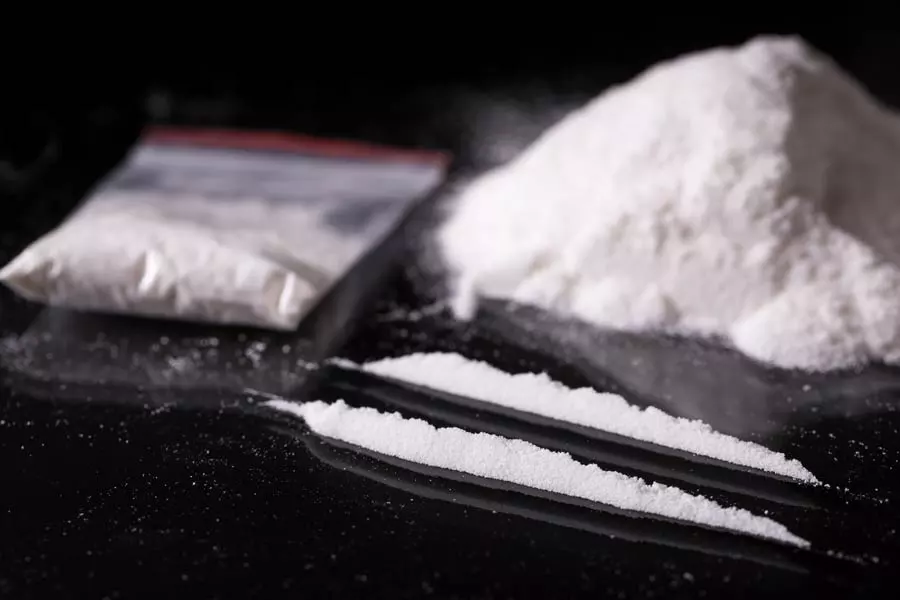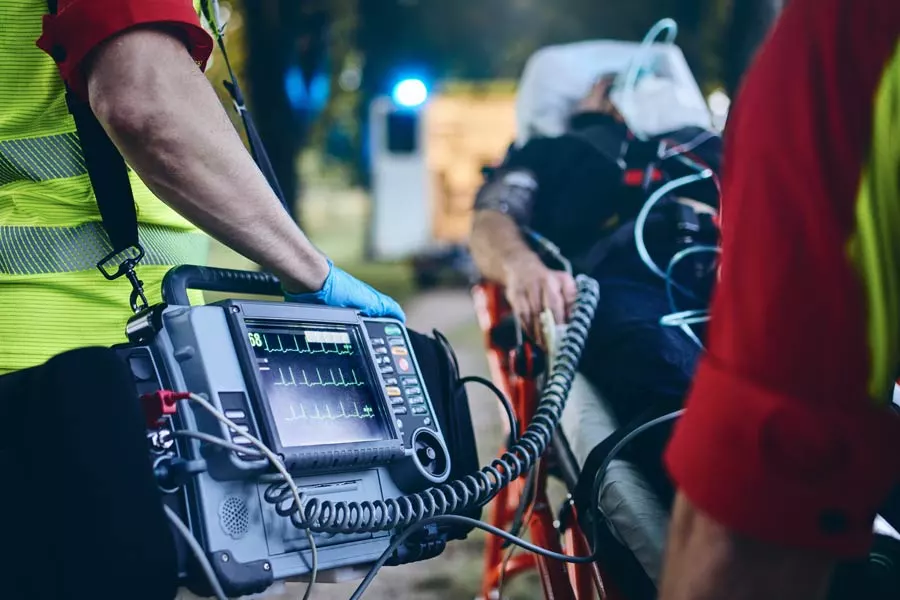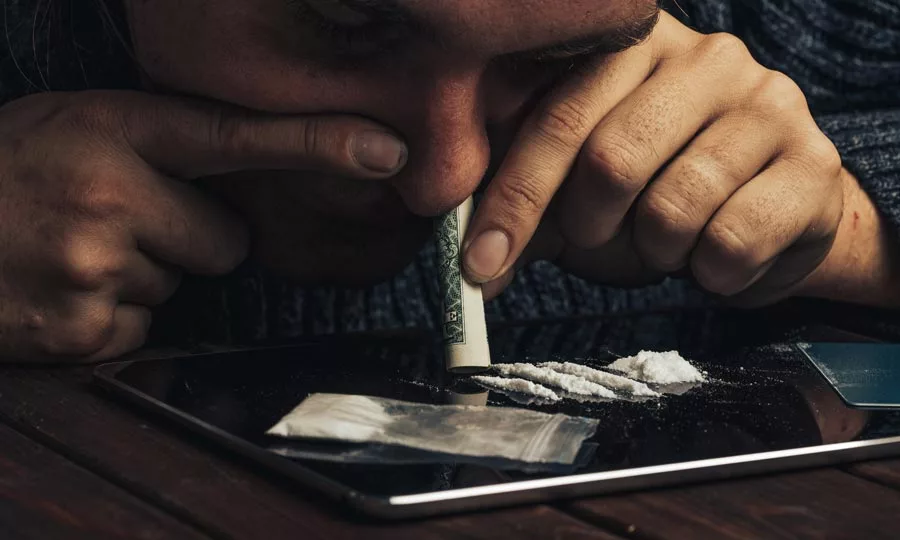The Risks and Consequences of Cocaine in America
Cocaine remains one of the deadliest drugs in circulation in the US. Not only does it lead to untold losses of human life and societal harm, but the fallout of the war on drugs has impacted every corner of modern society. Cocaine overdoses have become prevalent, especially in certain areas. When a person takes cocaine, it speeds up their heartbeat, which is a typical body response to a stimulant.
However, cocaine also creates a rush of dopamine, bringing a feeling of euphoria. This feeling of joy leads many people to use cocaine to such an extent that they endanger their lives. Cocaine can also be found on the streets in a cheaper and more addictive form known as crack. These substances can lead to overdose if taken individually or alongside other drugs.
The Basics of Cocaine and Crack
Cocaine is a white powder derived from a South American plant known as “coca.” Native populations have used the coca plant for centuries to deal with altitude sickness and give a burst of energy and focus. By breaking down these leaves and extracting the active ingredient, drug traffickers create a near-perfect concentration of the stimulant powder. However, the cost of cocaine is prohibitively expensive anywhere outside of South America, making it hard for average drug users to obtain. unfortunately, aspiring drug dealers in the early 90s overcame this limitation by creating a version of the drug known simply as “crack.”
Crack cocaine still contains a significant volume of cocaine, but it is mixed with other substances. Drug dealers combine pure cocaine with water and baking soda to make crack. They mix these and create rocks out of them, which they can then sell for a much lower price than the same weight of cocaine. This drug version was introduced to the US in the late 90s and today makes up the source of most cocaine addictions in low-income neighborhoods. The name derives from the cracking sound the rocks make when the user is smoking them.
Can You Overdose on Crack?
Crack has garnered a reputation for being even more potent and addictive than pure cocaine. Overdoses tend to occur from crack use more often than from cocaine use. Typically, when a person consumes cocaine, their brain speeds up, and their heart rate increases significantly. This rush of blood and the euphoric feeling that the user gets makes them feel invincible for a short amount of time. The euphoria fades quickly, however, and a user wants to chase that feeling again, so they take the drug once more.
Crack overdoses occur because this euphoric feeling doesn’t last as long as the user wants it to. It also requires more crack each time to get the same feeling, leading the user to take larger and larger doses of the drug. Each individual has a different limit that they can handle when it comes to crack cocaine. This limit varies depending on several factors, including body weight and how long the person has been using the drug. However, once the drug reaches a critical point within the body, it will lead to an overdose.
Now, Can You Overdose on Cocaine?
Crack and cocaine share a lot of commonalities, and you can overdose on cocaine just as quickly. Cocaine overdoses usually happen for a similar reason to crack overdoses – the user consumes the drug, gets high, and comes down but wants to recover that original feeling. Cocaine is a typical example of an addictive drug.
When a person takes such a drug initially, a flood of chemicals makes its way into the brain and drives them to the highs of euphoria. The brain adjusts its chemistry to deal with this increased chemical activity, permanently changing its functionality. The person will then have to take more of the drug to get the same euphoric feeling. This adaptation is known as tolerance. The higher tolerance a person has for the drug, the harder it is for them to get high on small volumes. As a result, they take more of the substance and eventually overdose because they crave that feeling of euphoria.
How Much Cocaine Does It Take to Overdose?

As mentioned before, there’s no standard amount needed for an overdose with crack. Different factors will affect whether a person overdoses on a particular drug concentration compared to other people. In some cases, a few hundred milligrams might be enough to drive a person to arrhythmia and cardiac collapse.
It might be as much as a whole gram (or more) to cause the same response in other cases. People’s metabolism, their body’s ability to deal with toxic substances, and the size and weight of a person all have a part to play in whether they will overdose on a lower concentration of the drug. Older people tend to have a lower tolerance for overdosing, and it requires less of the drug to cause this outcome.
What Are the Symptoms of Cocaine Overdose?
Cocaine overdose can lead to death in the most extreme cases. Luckily, a person can spot the symptoms of cocaine overdose early on and attempt to deal with it before it becomes unmanageable. Cocaine toxicity progresses in three stages:
Stage 1
Stage 1 demonstrates several problematic physical effects of consuming the drug. Among the symptoms that characterize Stage 1 of cocaine toxicity are:
- Paranoia and Confusion
- Pseudo hallucination (or visual aberrations)
- Rapid and erratic breathing
- Increased heart rate and blood pressure
- The sensation of spinning or falling
- Twitching
- Nausea
Stage 2
The second stage of cocaine toxicity leads to the progression of these symptoms and the presentation of a few others. Some of the common symptoms seen in this stage are:
- Seizures
- Brain Damage
- Irregular breathing or cessation of breathing completely
- Hyperthermia
- Loss of bladder control
Stage 3
If a person gets to stage three of a cocaine overdose, their prognosis for recovery is slim. The symptoms that a person is likely to encounter at this stage are:
- Coma
- Cardiac arrest
- Respiratory failure
- Loss of vital functions
The most severe of these symptoms usually lead to unconsciousness and eventually death.
What To Do During a Suspected Overdose?
It’s vital to remember that time is of the essence in treating a cocaine overdose. The longer a person goes through the symptoms of an overdose, the less likely it is for them to recover. The damage done to a person’s body increases over time, but you can quickly reverse the symptoms and help the person if you catch an early overdose.
In the event of an overdose, the first thing you should do is call 911. Emergency response should be swift, allowing them to save the person’s life. While waiting for the emergency response personnel, keeping the victim calm is essential. Talk to them and engage them but avoid giving them object that they could harm themselves with. The massive rise in body temperature that comes with increased metabolic activity can be managed with a cold compress. If the person manages to survive their ordeal of overdosing, the most vital thing their friends and loved ones can do is arrange for them to enter rehab.
Are There Long-Term Side Effects of Cocaine Use?
The long-term effects of cocaine use are well-documented. As mentioned before, tolerance develops over time when someone uses the drug repeatedly. Alongside tolerance, a change in the person’s behavior is noticeable. They may become erratic and lash out violently at others without warning.
When they are not on the drug, they may experience increased anxiety and convulsions. Occasionally people who take cocaine go on binges, where they consume the drug regularly and in ever-increasing dosages. The result is a potential for overdose and several other symptoms, including restlessness or paranoia. Occasionally, they may even experience full-blown psychosis.
How a person consumes cocaine can also have detrimental effects on their body. Continued consumption of cocaine through snorting can lead to the destruction of nasal cartilage. It also leads to nosebleeds and a reduced sense of smell. Using needles can also damage skin and leave needle tracks that are a telltale sign of cocaine usage. Cocaine is a stimulant, and its usage does lead to a lack of sleep, which translates into a paler complexion and circles under the eyes. As people become addicted to cocaine, they avoid personal hygiene habits, leading to an unkempt appearance.
What are Treatment Options for Cocaine Overdose?

When someone overdoses from cocaine, the first thing to do is call emergency medical services at 911. However, that’s not the end of the preparation. After calling emergency services, collect all the relevant information they may need to treat the patient.
This information includes drug allergies, pre-existing conditions, and the amount of cocaine the person has taken. If the person’s body starts overheating, use cold compresses to keep their body temperature regular. This approach helps to reduce the long-term damage that such a situation could lead to within the body.
Cocaine overdoses can also lead to a person vomiting. It’s best to lay them on their side while waiting for the emergency medical response. If they vomit in this position, their air passages will remain clear. This position may also help them with their breathing.
Ideally, the patient should be kept in an environment with less chance of harming themselves. Someone should always be with the patient until medical help arrives to ensure that no complications occur. A cocaine overdose needs to be dealt with quickly since the longer it persists, the more chance there is for the person’s body to shut down.
Finding Long-Term Cocaine Treatment Programs
A cocaine overdose occurs when a person has a high tolerance to the drug and has been taking it for some time. Dependency and addiction play a part in overdoses since they lead to a person consuming more of the substance over time. To avoid any issues with overdoses, the best approach would be to find a treatment center to help deal with addiction.
Long-term cocaine treatment starts with detox, then progresses to either inpatient or outpatient care. However, finding a suitable facility to deal with cocaine addiction can be difficult. There are many places a person could go to recover from cocaine addiction. However, not all facilities are the same. It’s essential to look at their quality of care, the cost of their programs, and whether they accept insurance for patients.
Find Lasting Recovery from Cocaine with Best Rehabs In Arizona
Best Rehabs In Arizona Recovery is dedicated to providing quality care to each individual to come to our recovery center. Our professional staff is trained in handling long-term addiction. We’ve dealt with complicated cases, too, including dual-diagnosis. Out detoxification, inpatient, and outpatient programs are adaptable and look at each case individually, requiring a unique approach. If you’re looking for a recovery center that aims to offer a long-term solution to addiction, give us a call today. We’ll walk right beside you throughout your recovery journey.

